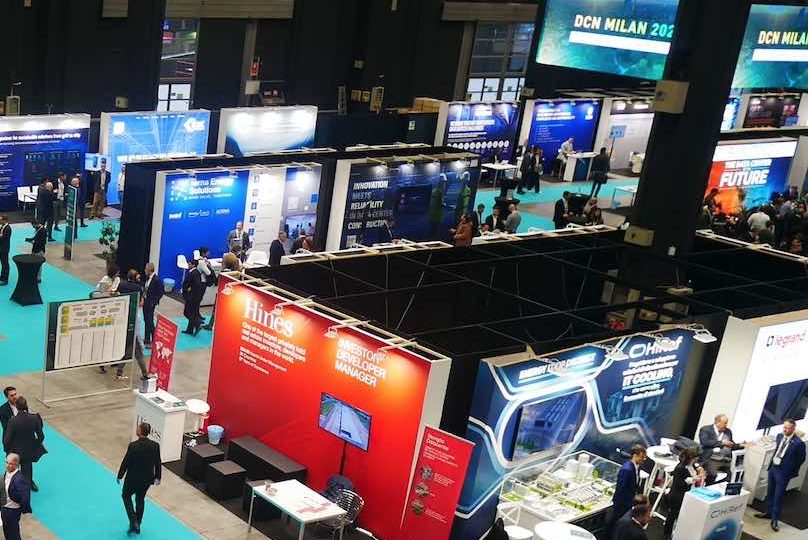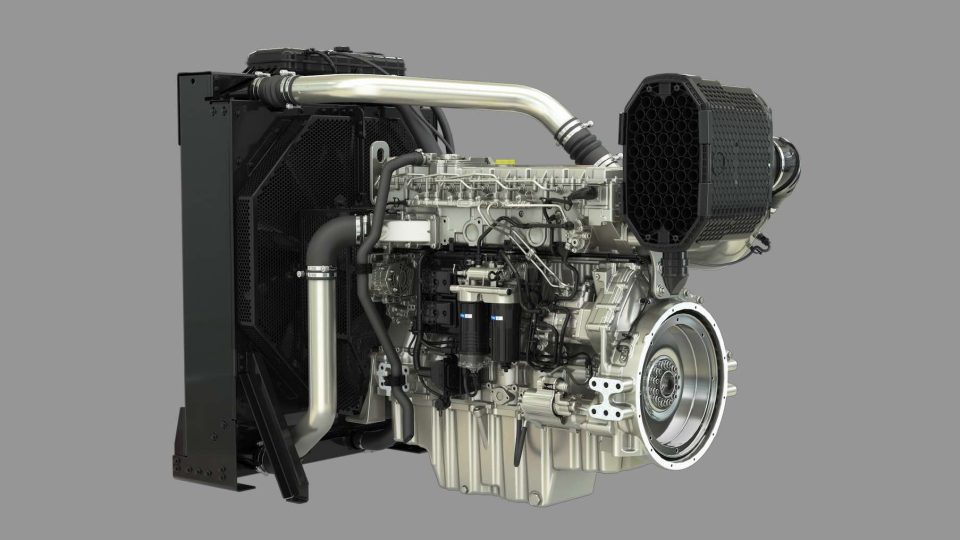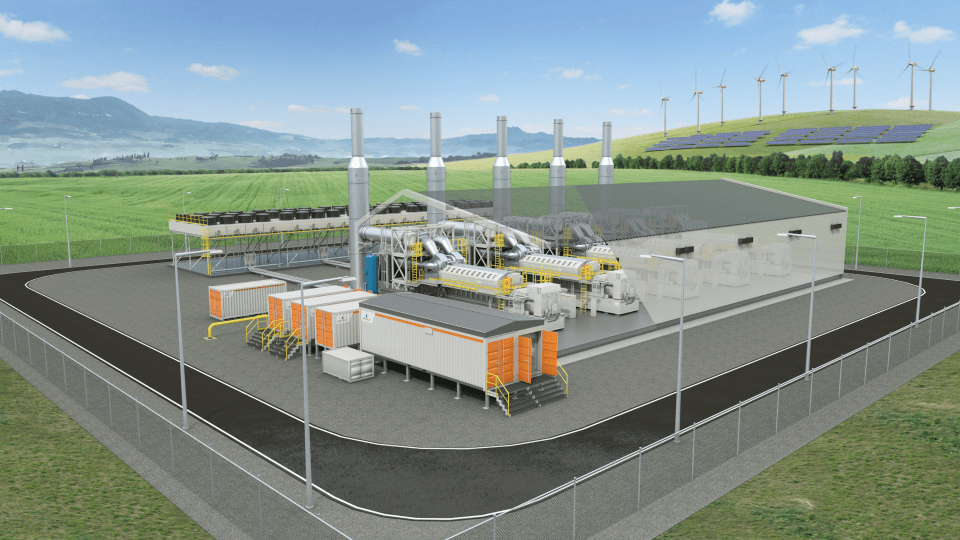Caterpillar: a hybrid energy solution for a desert oasis
A Cat Master Microgrid Controller (MMC) acts as the brain of the microgrid, integrating the photovoltaic system, generator set, and energy storage system to maximize penetration from renewable energy sources and enhance system reliability.
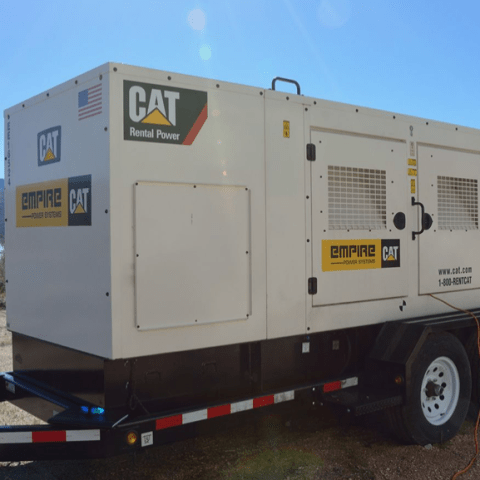
Bartlett Lake is an Arizona reservoir that was formed by constructing a dam on the Verde River during the late 1930s. Located 48 miles northeast of downtown Phoenix in the Tonto National Forest, the Bartlett Reservoir area is noted for spectacular desert mountain vistas and Sonoran plant life. The lake has become a popular recreation area thanks in large measure to Bryan Church, an entrepreneur who opened Bartlett Lake Marina in 1995, a destination for boaters.
Perhaps more significant, to this day, no utility lines extend to the lake or the marina. When it comes to supplying power, Bartlett Lake is on its own. Therefore, Church has always operated his own distributed energy system.
Until recently, the power came from diesel generator sets, which ran almost continuously, burning a high volume of fuel and requiring additional support from rental gensets when periodic repairs and maintenance were needed.
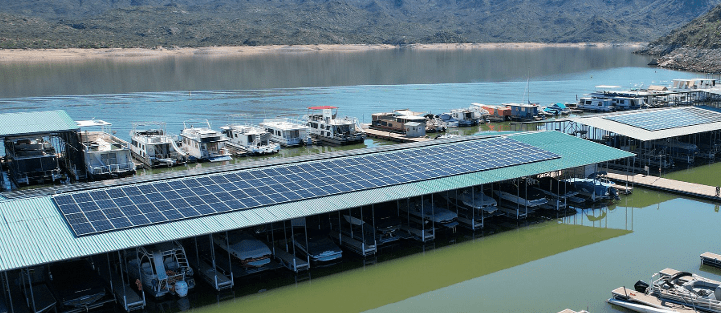
Solar power for the marina
But a solution was in the offing. Several years ago, one of the boat owners at the marina, Stephen Jew, commercial director for Nerd Power in Gilbert, Arizona, talked to Church about converting the marina to run on solar power. Jew, who has significant residential and commercial solar installation experience, explained:
Nerd Power partnered with Cat dealer Empire Southwest, who has extensive experience in solar and hybrid energy solutions design, installation, and maintenance throughout Arizona, Nevada, and California, to design a hybrid microgrid energy solution.
To strengthen the financials of the project, Nerd Power was able to trade the emissions credits from the reduction in CO2 generation between the original diesel gensets and the new solar plus storage based hybrid microgrid energy solution.
The microgrid consists of a 400 kW solar array mounted on the roof of the boat slips. The array provides power to the marina. A cable carries the current generated by the solar panels a short distance across the water and uphill, where the power feeds into a Caterpillar Energy Time Shift (ETS1500) module – a scalable, rapidly deployable energy storage system consisting of a bank of lithium-ion batteries and a Cat BDP1000 inverter housed inside a 22’ by 8’ by 9.5’ container. The ETS module provides 1,518 kilowatt hours (kWh) of power.
The stored energy from the batteries is released when the solar panels are not providing sufficient power to the marina. Additionally, a 200 kW Cat XQ230 mobile generator set that meets U.S. EPA Tier 4 emission standards runs when the battery is low and more power is needed.
A Cat Master Microgrid Controller (MMC) acts as the brain of the microgrid, integrating the photovoltaic system, generator set, and energy storage system to maximize penetration from renewable energy sources and enhance system reliability.
Read also: Cat Energy Storage Systems




